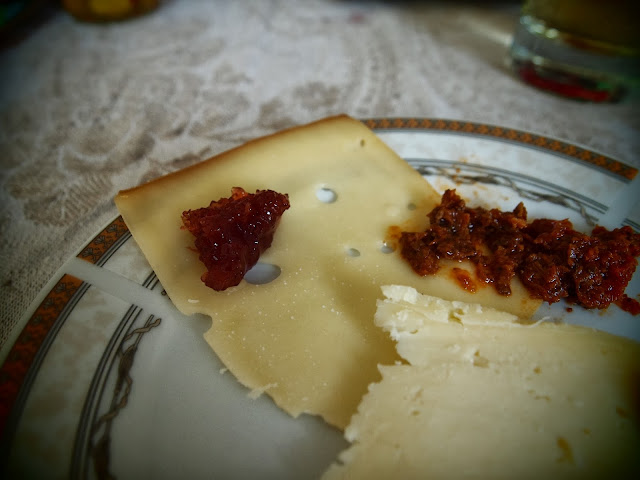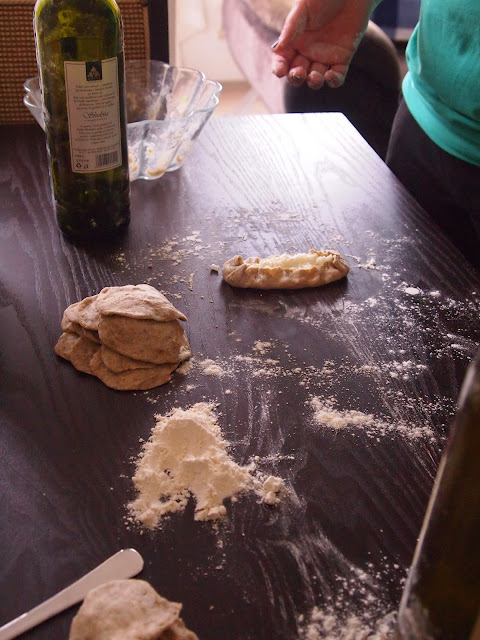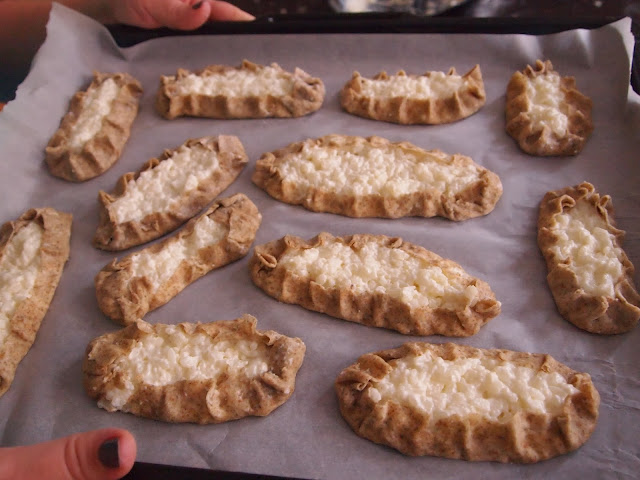The best meatballs (notwhitstanding the Kosovar
köfte at Kebaptore Gjakova e Vjeter in Prishtina, of course) are made
with a creamy brandy sauce and served with (also creamy) mashed
potatoes. In the original recipe for the brandy sauce
one would use legendary Finnish Jaloviina, but in Kosovo you want to
use Skenderbeg that works just like the Finnish brandy. The historical hero Skenderberg, of course, at least as legendary --- ..but back to the recipe, this blog not being one concentrating on history.
The recipe is simple enough – just mix all the
ingredients (minced meat with onions, spices etc) and prepare the meatballs in the oven (175 degrees C) or on the stove.
To prepare the base of the sauce, you need to
mix butter and a small amount of wheat flour into a thick sauce, after
which demi glace is added to the mix. When this mixture is smooth, add
hot water and bovril (thick, salty meat extract
that gives more taste to your sauce) and let simmer for at least 15
minutes. Add the brandy (Jaloviina, Skenderbeg, ..) about 5 mins before
all else is ready to be served (meaning the meatballs and mashed
potatoes, or what ever is your choice to be served
with the meatballs). Taste, taste, taste – and according to taste you
may wanna add some more (but be careful not to serve sauce that tastes
too much of alcohol…).
Skenderbeg in action!
The mashed potatoes can be spiced with some chopped
onions, some butter,
and milk or cream. The onion mix in potatoes is a Northern Finnish
tradition, and as most of our crew at the Karelian
Pie Association are not from Lapland, we tasted the onion mix for the
first time at this Sunday dinner. This was a very welcome addition, and
from now on, onions in mashed potatoes warmly recommended!
For four:
Meatballs
400 g minced meatready made onion soup mix
onion and garlic
egg(s), ..breadcrumbs
Sauce
50 g butter
1 dl flour
2 dl demi glace
2,5 dl hot water
2 rkl bovril
1 dl cream
0,5 dl Skenderbeg
For four:
Meatballs
400 g minced meatready made onion soup mix
onion and garlic
egg(s), ..breadcrumbs
Sauce
50 g butter
1 dl flour
2 dl demi glace
2,5 dl hot water
2 rkl bovril
1 dl cream
0,5 dl Skenderbeg



















